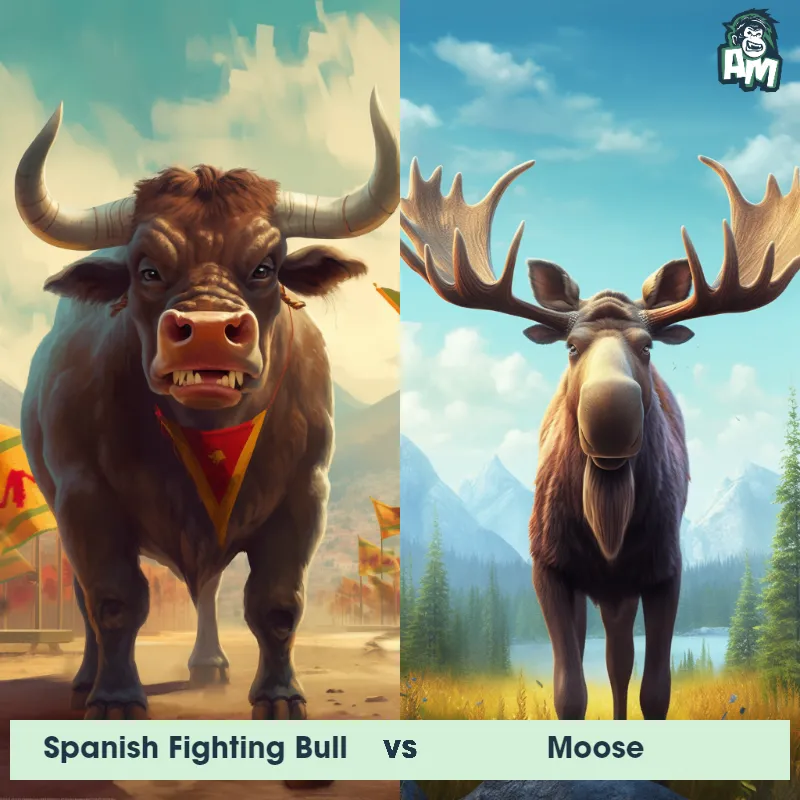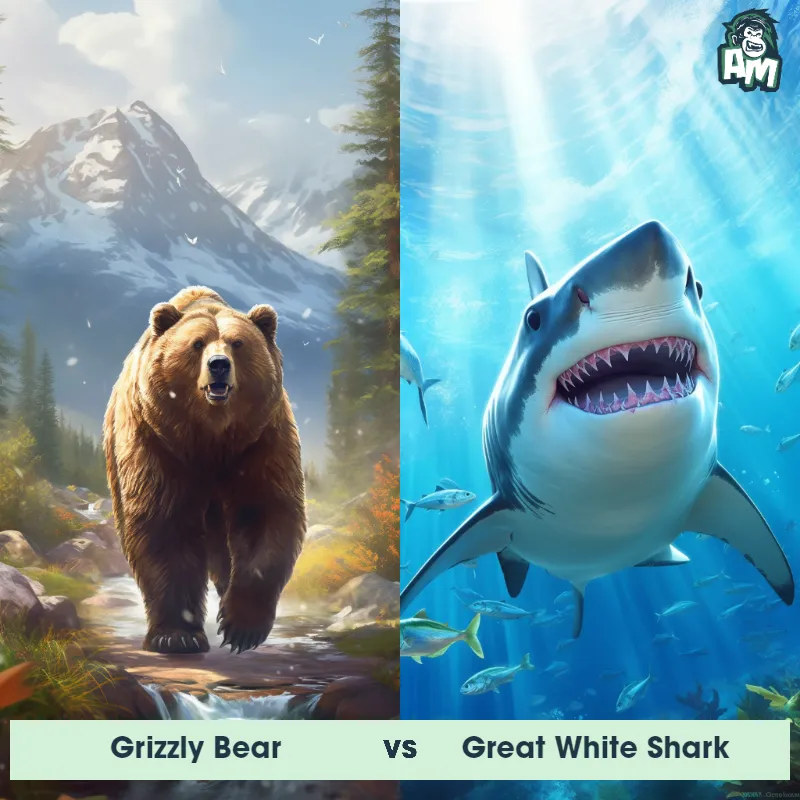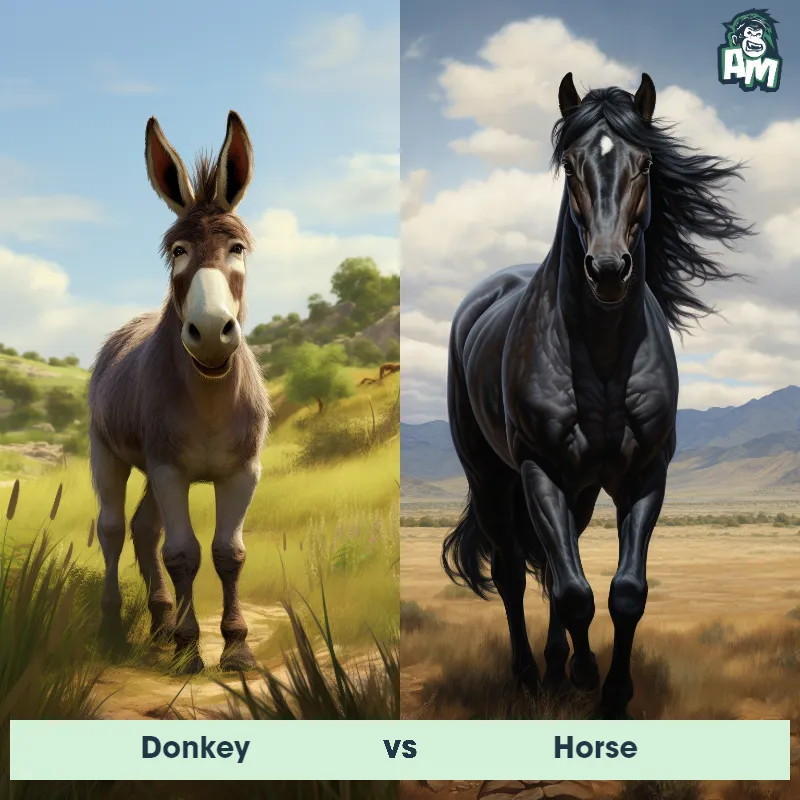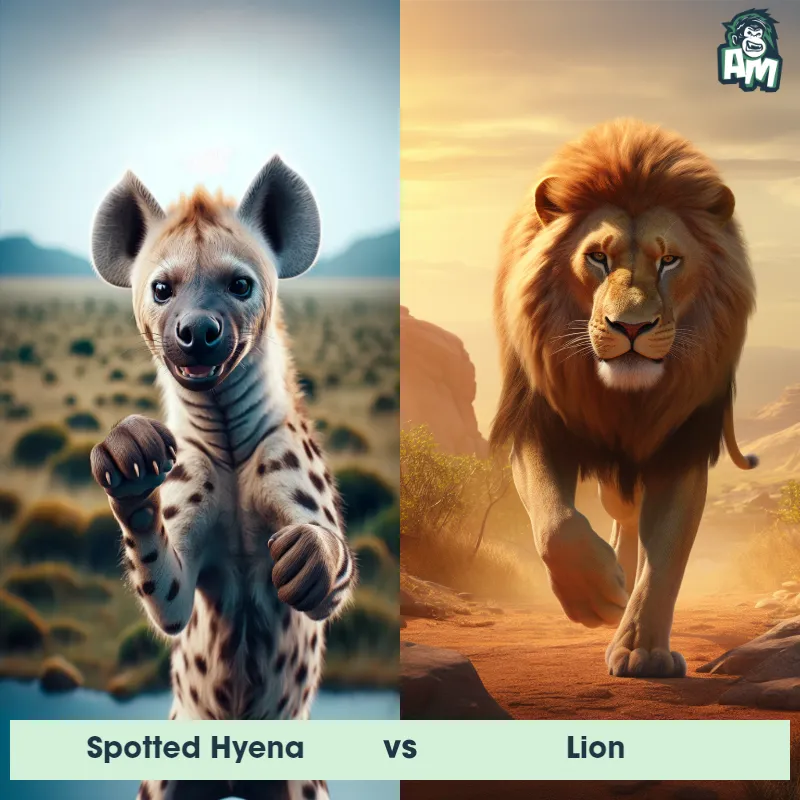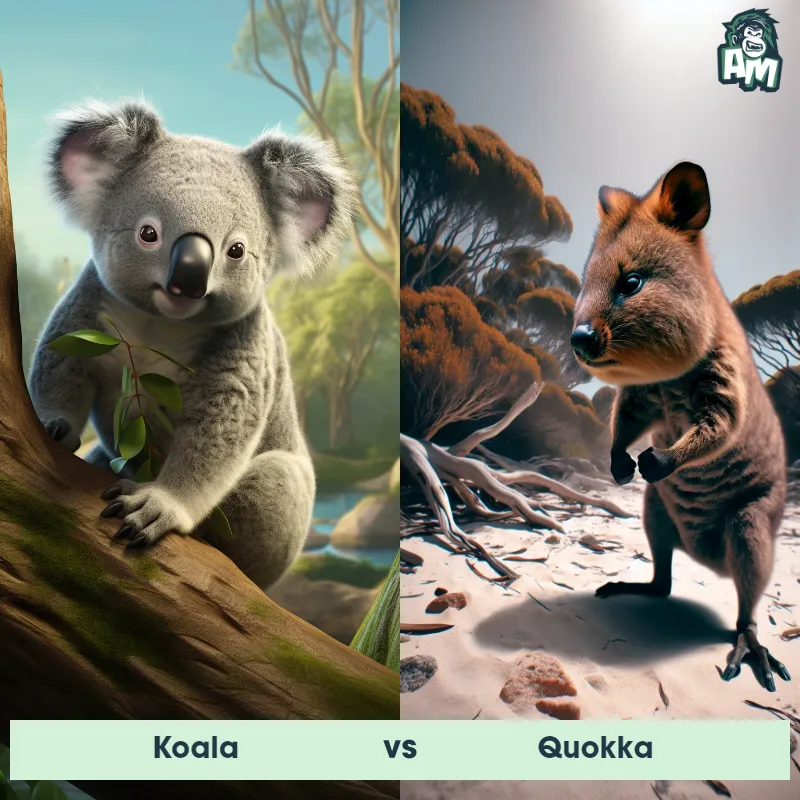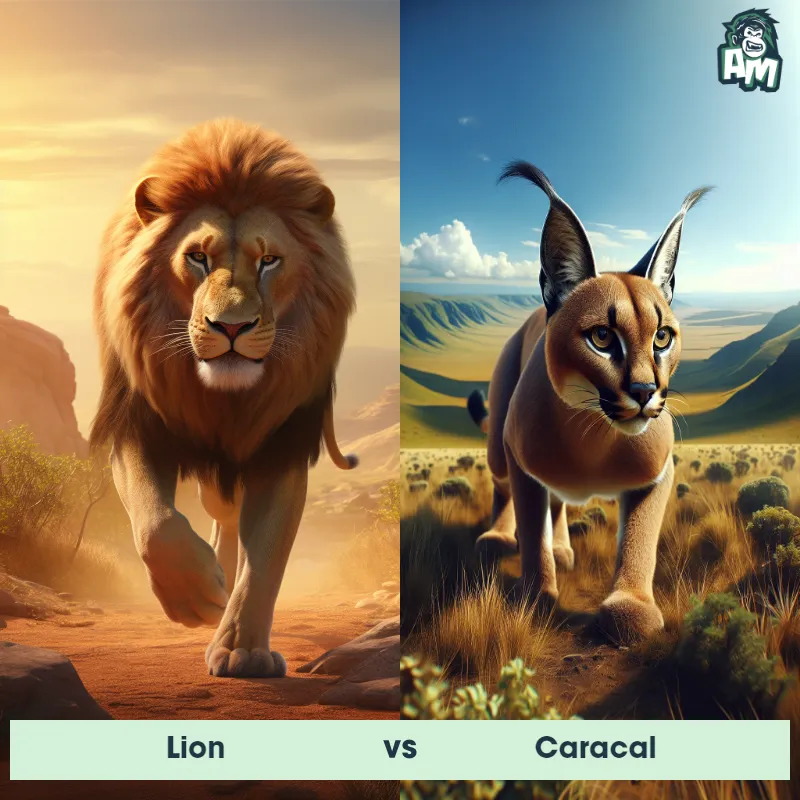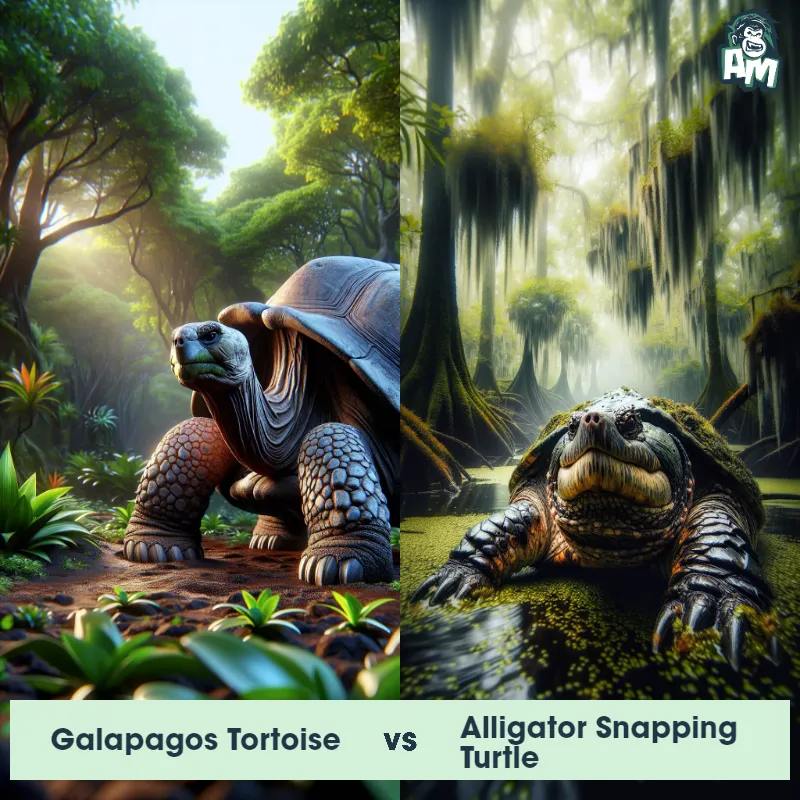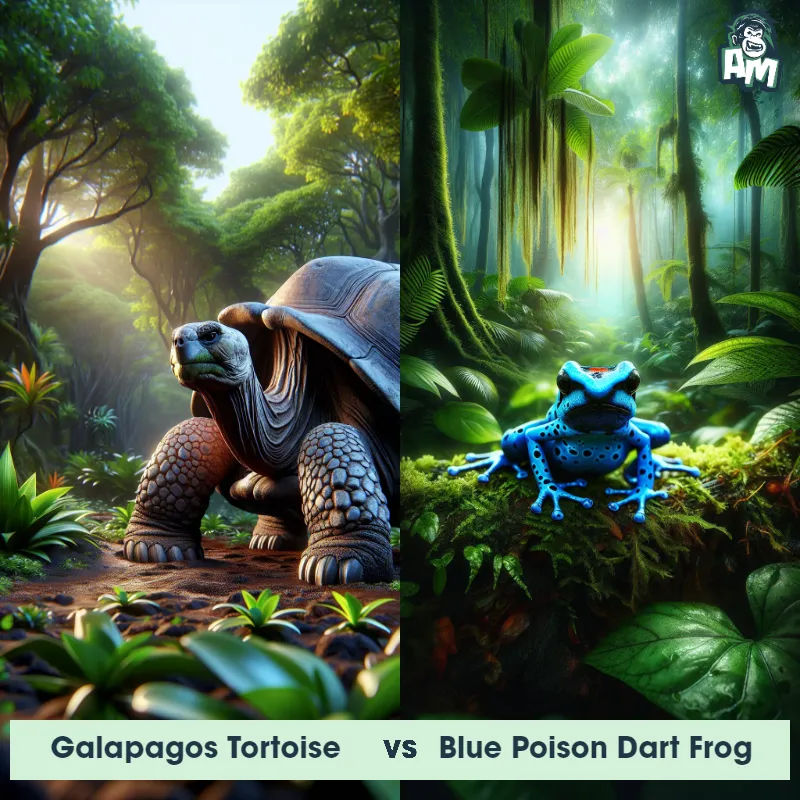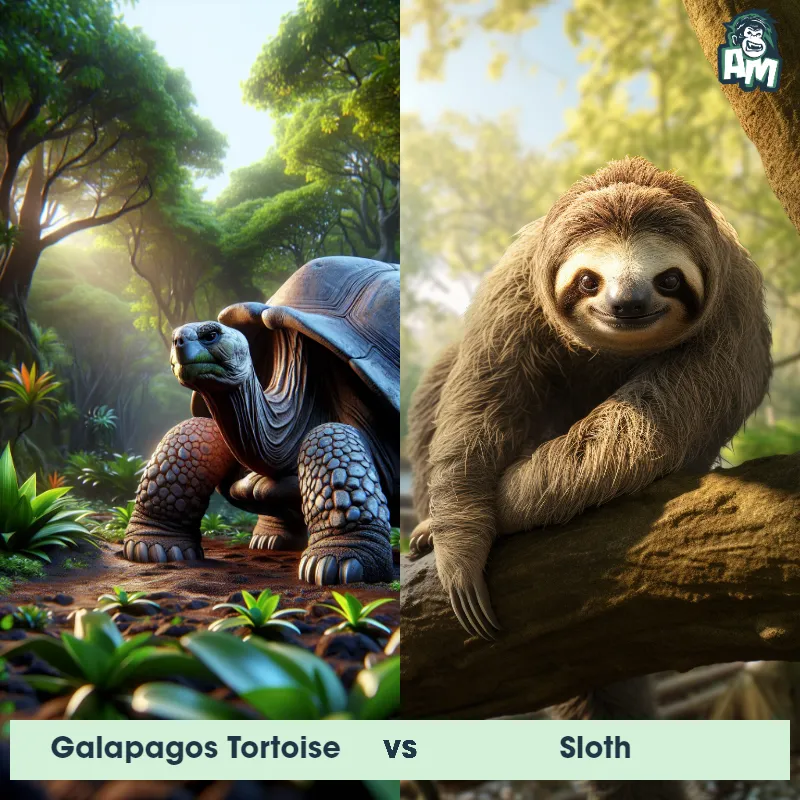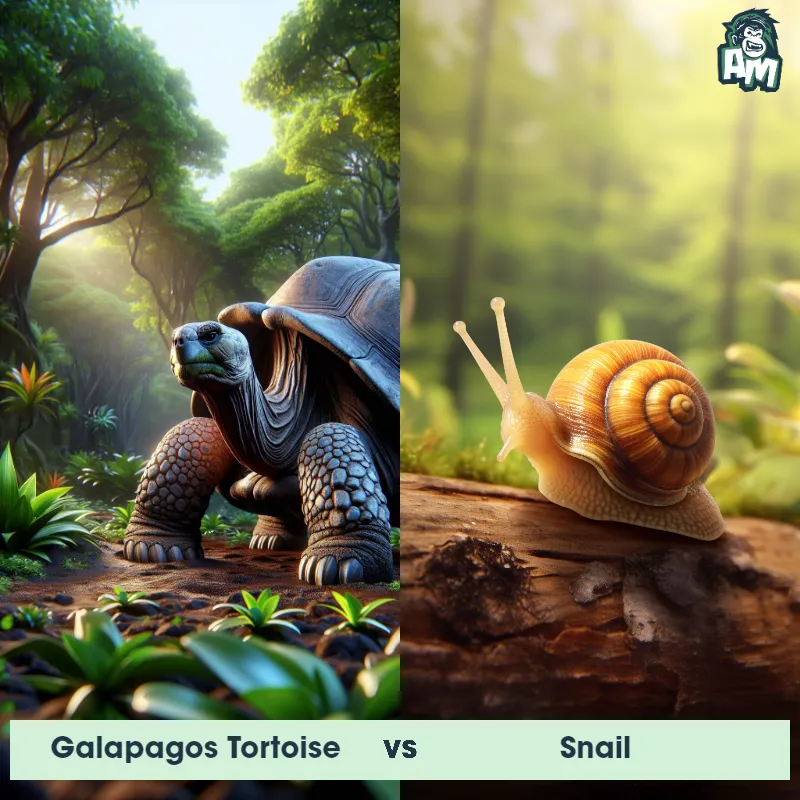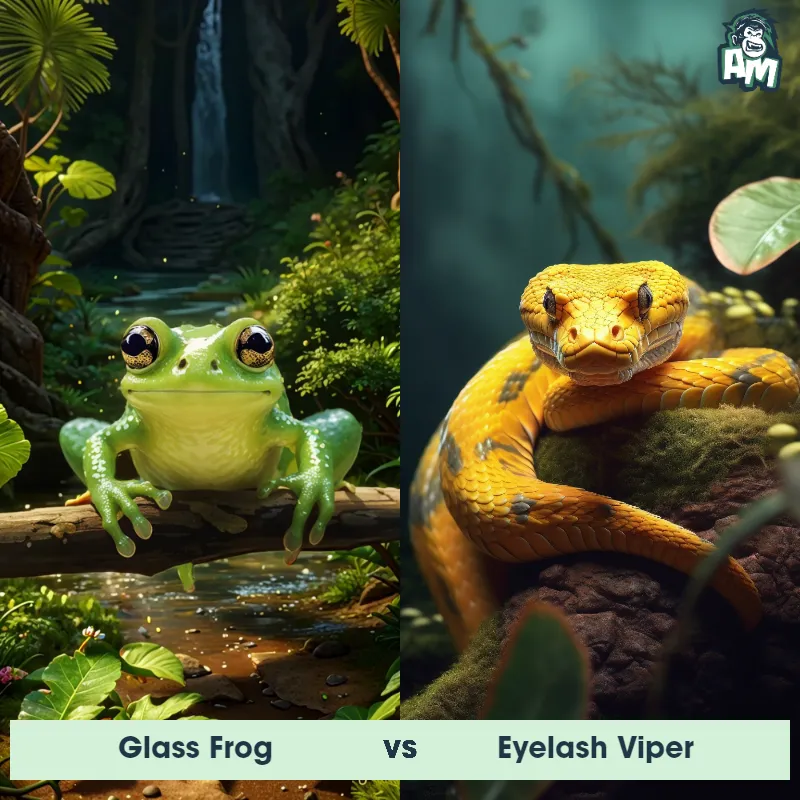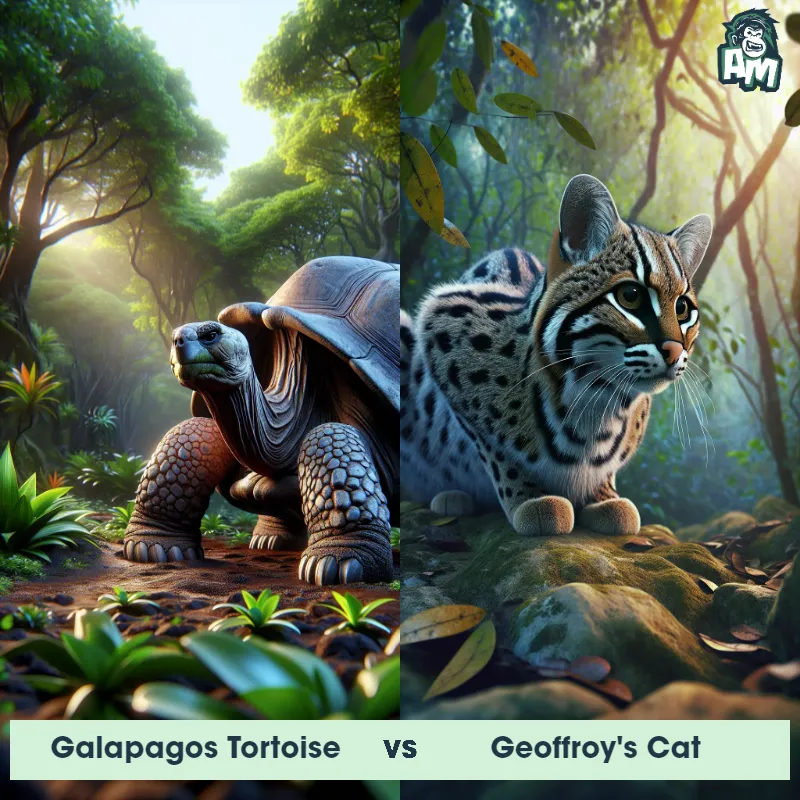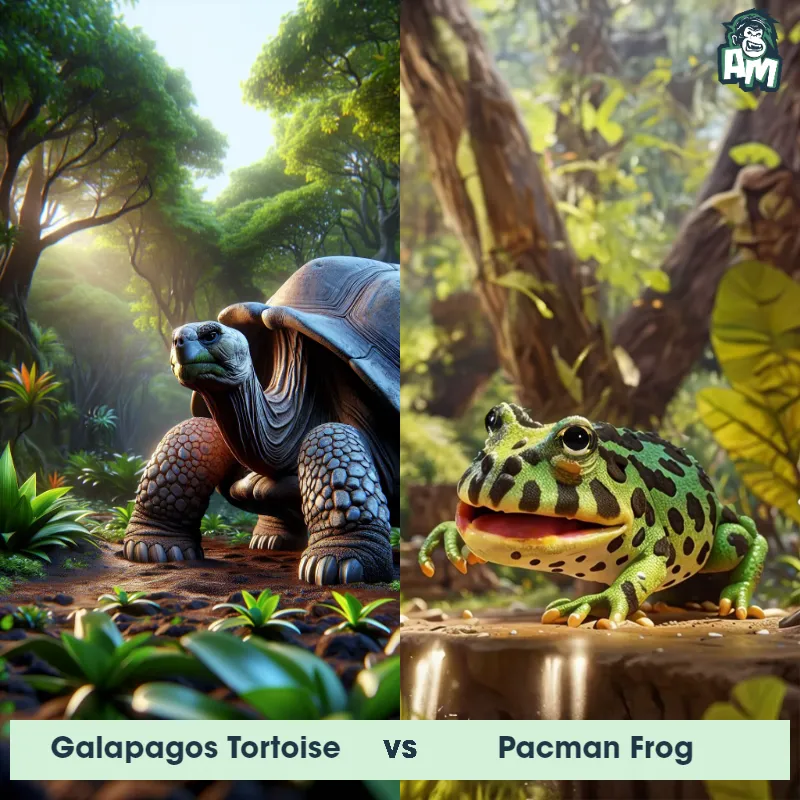Galapagos Tortoise vs Glass FrogSee Who Wins

Ladies and gentlemen, we have a unique matchup for you today between a Galapagos Tortoise and a Glass Frog. Both animals are known for their interesting characteristics, so this fight is sure to be a sight to see.
Contender 1: Galapagos Tortoise
The Galapagos Tortoise, also known as the giant tortoise, is one of the largest tortoise species in the world, with individuals often weighing over 500 pounds and measuring up to 6 feet in length. They have a distinct dome-shaped shell that protects their bodies, which can range in color from dark brown to black. These tortoises have long necks and limbs, enabling them to reach vegetation both on the ground and in trees. They are herbivorous, primarily feeding on grass, cactus, and leaves, and their lifespan can exceed 100 years.
Fun Fact: Galapagos Tortoises possess the ability to store water in their bodies, allowing them to survive for up to a year without drinking any water. This adaptation enables them to inhabit arid regions where water sources may be scarce.
Contender 2: Glass Frog
The Glass Frog, also known as the "see-through frog," is a unique amphibian found in Central and South America. These frogs are known for their translucent skin, which allows you to see their internal organs through their abdomen. Despite their fragile appearance, Glass Frogs are excellent jumpers and climbers. They have green skin on their back, creating excellent camouflage in their jungle habitat.
Fun Fact: One fascinating fact about Glass Frogs is that only the males are responsible for guarding the eggs after they are laid, resting on the underside of leaves to protect them from predators and keep them moist until they hatch.
Matchup Stats
| Galapagos Tortoise | Glass Frog | |
|---|---|---|
| Size | Up to 6 feet in length (1.8 meters) | 0.8 - 3 inches (2 - 7.5 cm) |
| Weight | Over 500 pounds (227 kilograms) | 0.2 - 0.7 ounces (5 - 20 grams) |
| Speed | 0.3mph (0.48km/h) | 7mph (11km/h) |
| Key Strength | Strong bite force | Superior jumping abilities |
| Biggest Weakness | Slow movement speed | Fragile skin |
Current Votes
Galapagos Tortoise vs Glass Frog
See Who Wins
View More Matches
Looking For More?
Similar Matches
Scientific Stats
| Galapagos Tortoise | Glass Frog | |
|---|---|---|
| Scientific Name | Chelonoidis nigra | Centrolenidae |
| Family | Testudinidae | Centrolenidae |
| Habitat | Terrestrial, inhabits forests, grasslands, and semi-arid regions. | Tropical rainforests |
| Geography | Endemic to the Galapagos Islands, Ecuador | Central and South America |
| Diet | Herbivorous, primarily grass, cactus, and leaves. | Insects |
| Lifespan | 100 years - 150 years | 7 years - 14 years |
Key Differences between Galapagos Tortoise and Glass Frog
- Lifespan: Galapagos Tortoises are known for their long lifespans, with some individuals living over 100 years, while Glass Frogs have a much shorter lifespan, typically living for about 10 years in the wild.
- Color: The Galapagos Tortoise has a dull, mottled gray or brown shell, while the Glass Frog has a vibrant green body with translucent skin that allows you to see its internal organs.
- Diet: Galapagos Tortoises are herbivores, feeding on grasses, leaves, and cacti, while Glass Frogs are insectivores, preying on small insects and invertebrates.
- Reproduction: Galapagos Tortoises lay eggs, burying them in the sand to incubate, while Glass Frogs lay their eggs on the underside of leaves overhanging water, where tadpoles drop into the water to develop.
- Habitat: Galapagos Tortoises are found exclusively on the Galapagos Islands, while Glass Frogs are primarily found in Central and South America, living in tropical rainforests near rivers and streams.
- Size: The Galapagos Tortoise is much larger than the Glass Frog, with adults weighing up to 500 pounds compared to the tiny frog that only reaches about 1.5 inches in length.




